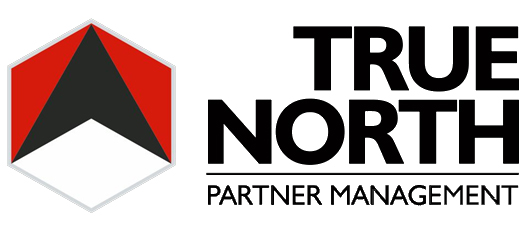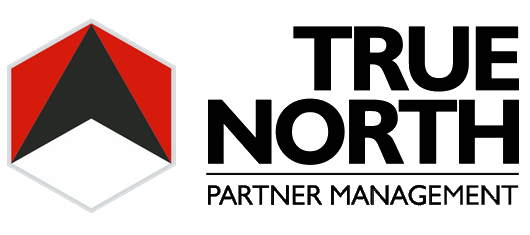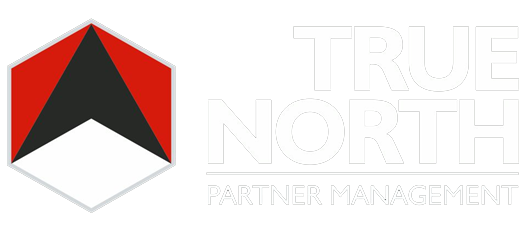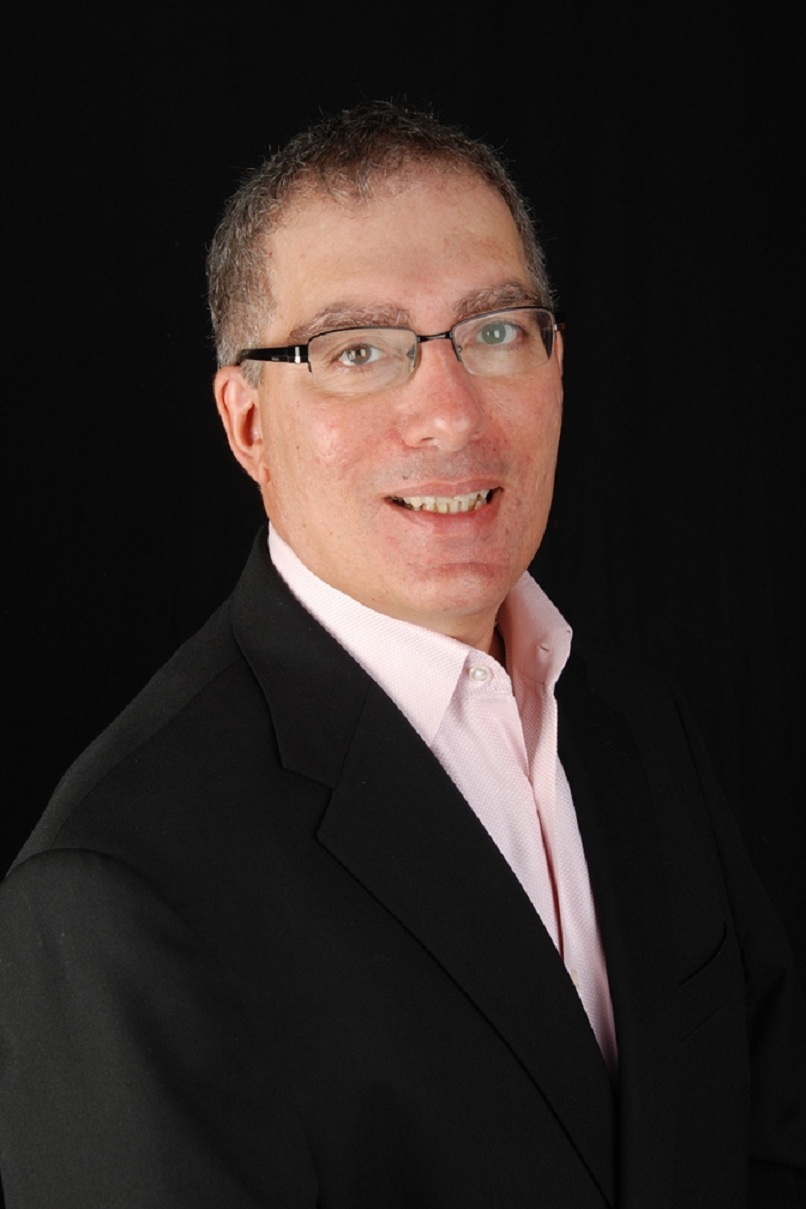The following post originally appeared on Forbes | September 21, 2015
Customer acquisition costs are, well, costs; they are expenses. And in complex sales – especially sales of intangibles, like professional services – they can be exceedingly high, and difficulty measuring them makes optimization a challenge. Add to that mix a flat, and in some areas, declining demand for services and you get an exceedingly high value placed on client loyalty and repeat business.
Measurement challenges aside, positive client experiences are a vital piece of earning loyalty. The notion that decision-making is a purely rational endeavor has long been debunked. Accompanying that reality is that emotion – in particular the emotion that derives from a client’s perception of you and your firm, and how they experience your firm and services – is a vital piece of the loyalty puzzle.
To get a better idea as to best practices that surround client experience and loyalty, I reached out to Bruce Temkin, founder of Temkin Group, a customer experience research, consulting, and training firm. Each year they gather and analyze consumer feedback to rate customer experience, forgiveness, trust, service, and web experience in industries that range from airlines and automakers, to health plans and hotel chains, to banks and insurance carriers. See our exchange below:
On Defining Customer (Client) Experience
Parnell: This question may sound overly fundamental, but can you define “customer experience” so that we can better frame our conversation? Is there a difference between “customer” and “client” experience? End user versus B2B?
Temkin: Customer experience refers to how your customers perceive your organization, whether that person is a client, as in B2B, a patient, as in healthcare, a fan, as in sports, a visitor, as in entertainment, a constituent, as in government, or any other person who an organization is trying to serve. There is similarity across all of these areas because they all deal with how human beings are treated and how they change their behaviors given their perception of that treatment.
B2B has some unique aspects because there are often different customer roles we need to think about, including partners, financial decision makers, capabilities influencers, and end users. We need to have a model that incorporates all of these people.
On Dispelling Myths About Client Experience
Parnell: Your firm has done significant research into client experience; what are some of the most inaccurate myths about it? About how purchasing decisions are made?
Temkin: The biggest myth is that somehow customer experience doesn’t matter with clients in a B2B setting. In every space we’ve examined, the way customers are treated affects their perception of the company, which in some way changes how they interact with the company. A doctor, for instance, may not change how she prescribes a drug based on the experience she has with a pharmaceutical company, but she may not participate in clinical trials or be as open to discussions about new drugs in that company’s pipeline.
In B2B, we have to look at what loyalty really means, not just what’s purchased. For instance, a technology company may not change the purchasing pattern of a company if it makes a user happy, but that user may be more willing to act as a reference for the technology firm, which is extremely valuable.
On Best Practices For The Knowledge Industry
Parnell: When seeking to create a good, solid client experience, are there best practices for the knowledge industry — consulting, accounting, legal, etc.? If not, what might best practices be in general? What would be the pillars that a firm should strive for in doing that?
Temkin: The best practices in the knowledge industries are the same as in other industries. You need to start by having a clear understanding of your target market. If you think about all customers the same, then their needs tend to get blurred and you deliver mediocre experiences for everyone. So start with an understanding of your key customer segments, and then ask — and answer — the question: “How can we help them succeed?” Change the narrative from an internally focused ”How can we sell more?”
To answer this question, companies often have to go out and better understand those customers. A good technique that many companies use is a “client journey map,” which examines how the client selects and uses your services, from their perspective, not the company’s.
On Best Practices For Understanding Client Psychology
Parnell: What might be some best practices for aligning yourself with your client’s psychology? How might you suggest getting into a client’s head to better understand them?
Temkin: Every experience has three elements: success, effort, and emotion. Often companies only look at success, which is the basis for lots of detailed functional requirements for future offerings. It’s important for companies to examine the effort – how easy or hard is it for clients to do what they are trying to do — and emotion — how they feel about the interaction — to better understand clients.
Also, rather than dealing solely with quantitative data, it’s important to include qualitative data, which explains why clients feel the way they do. And we also believe in the power of storytelling: Using specific stories about clients to communicate the essence about some of the insights in the data.
On Right And Wrong Ways For Soliciting Feedback
Parnell: Are there right and wrong ways for an organization to solicit client feedback? Can you expand on that a bit?
Temkin: You should only solicit feedback that you plan on using for making improvements. Companies often make the mistake of using feedback for the primary purpose of calculating a metric. If you do that, and tie compensation to the metric, then the data is usually flawed, and the client’s experience around the feedback can actually be poor. You should be prepared to follow up with every client that has negative feedback and have internal processes setup to take action on what you learn. Most organizations overly focus on the collection of the feedback and not enough on how they plan to use it.
On Facilitating Open Communication
Parnell: How can an organization go about creating the best atmosphere for fluid communication between themselves and their clients?
Temkin: Be open, be honest, and close the loop with customers. Tell them what you are planning to do with their feedback and then let them know what you did about it. Don’t make discussion about metrics “Why did you give me a 7?” But make them more about the client’s business and his or her needs. You should be having discussions that follow from a question like “How can I better help you improve your business?”
On Soliciting Your Own Feedback
Parnell: What if you were in an organization that didn’t formally solicit feedback, or strategically pursue creating a great client experience, how would you, as a single individual, go about doing this? Would the process change?
Temkin: Individuals can change the culture by adopting what Temkin Group calls “Customer Journey Thinking™” which just requires asking five questions every time you are dealing with a client situation: Who is the client? What is the client’s real goal? What did the client do right before interacting with us — and before that and before that? What will the client do right after interacting with us — and after that and after that? And what will make the client happy?
These five questions will push the organization to embed a client focus in all of its discussions.
Email: dparnell@davidjparnell.com Twitter: @davidjparnell
Books: The Failing Law Firm: Symptoms And Remedies; In-House: A Lawyer’s Guide To Getting A Corporate Legal Position



